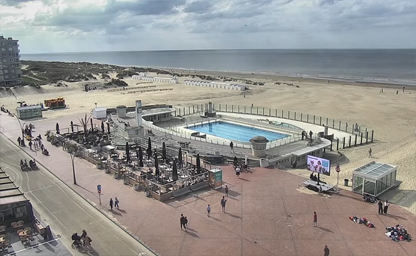
Koksijde-Bad
It is located on the North Sea coast

It is located on the North Sea coast
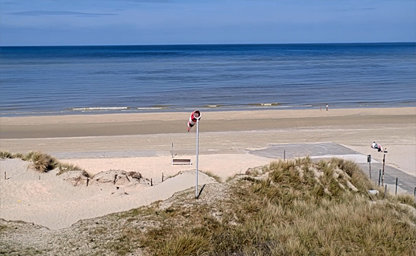
The beautiful beach of De Panne is one of the best beaches in the world
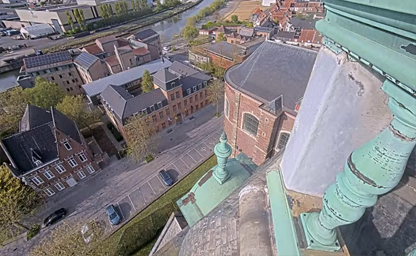
An 18th-century Roman Catholic parish church in the city of Harelbeke
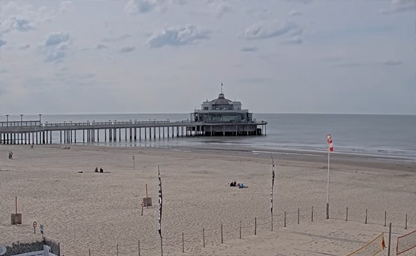
A Belgian coastal town with a long beach and promenade

A city and municipality located in the Belgian province of East Flanders
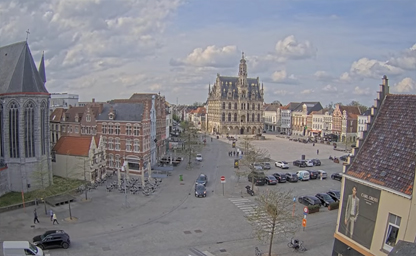
A historic building on the Markt in Oudenaarde
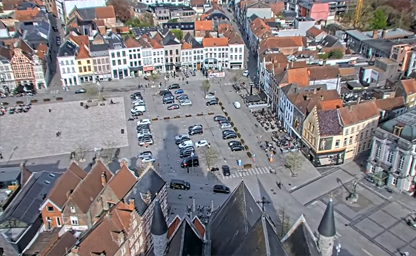
A Belgian city and municipality in the Flemish province of East Flanders
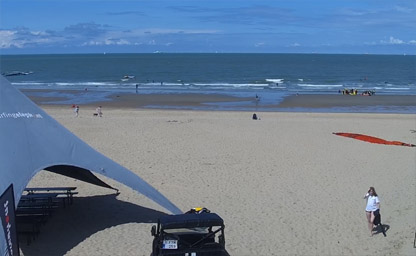
A seaside resort on the Belgian North Sea coast
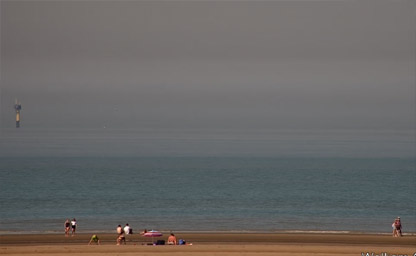
A village on the coast of Belgium and a subdivision of Bruges
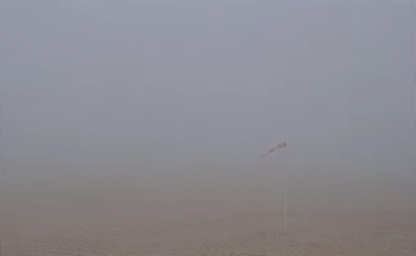
Situated on Belgium's North Sea coast in West Flanders
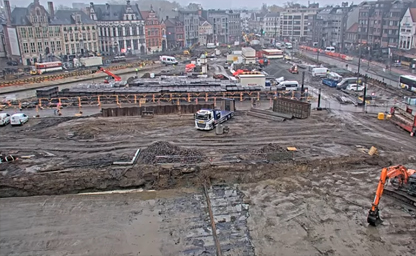
Panning the large market square area of Grote Markt, East Flanders
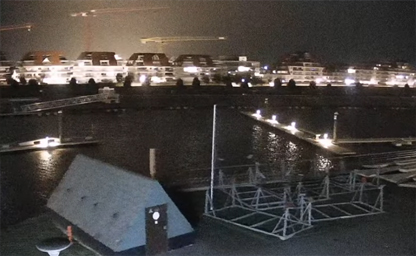
Shows you pleasant views around its lovely Marina along the River Yser in the city of Nieuwpoort
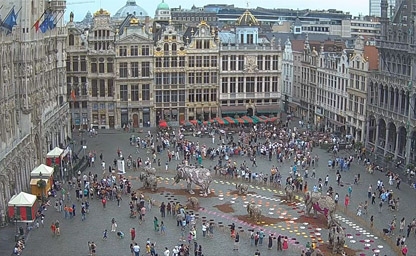
La Grand-Place of Brussels, with the City Hall at the left

Want to see what's going on at Circuit Zolder?
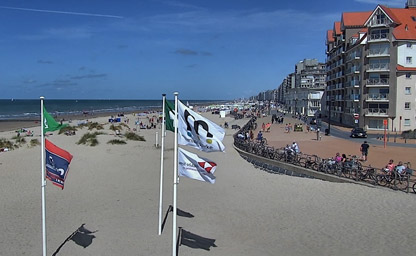
Windsurfing, wave surfing, sea rafting, kayak and sand yachting
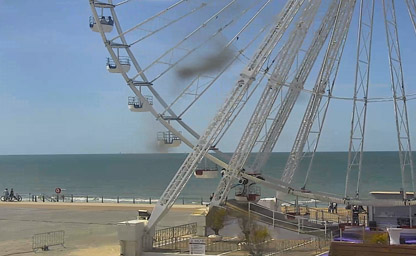
Beach showers are available in 13 zones to rinse off the salty water and refresh yourself
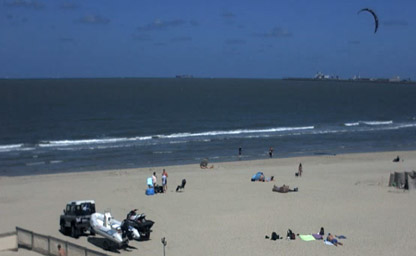
Located at the foot of the dunes just past De Pier
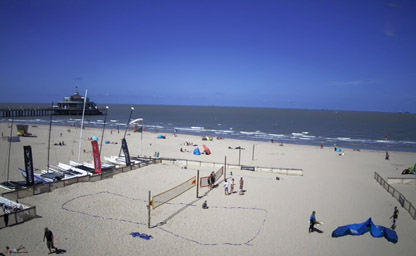
Current weather and surf conditions
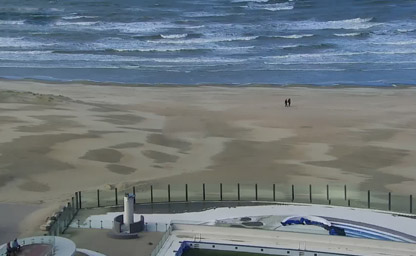
Vast sandy beaches and beautiful undulating dunes live views
Belgium, a country known for its medieval cities, rich history, and culinary delights, opens its doors to the world through the lens of live webcams. Join us on a virtual expedition as we navigate the diverse landscapes and cultural treasures of Belgium, offering a real-time glimpse into the heart of Europe.
Live webcams in Belgium bring the country's architectural wonders to life. From the grandeur of Brussels' Grand Place to the medieval charm of Bruges' Markt Square, witness the intricate details of historic buildings, centuries-old cathedrals, and the unique blend of Gothic, Renaissance, and Art Nouveau styles that define Belgian architecture.
Embark on a visual journey through Belgium's cities with live webcams that capture the lively urban atmosphere. Explore the bustling streets of Antwerp, the cosmopolitan vibe of Brussels, and the quaint charm of Ghent as the webcams transport you to the heart of these cultural hubs.
Escape to the picturesque countryside of Belgium through live webcams showcasing serene landscapes, rolling hills, and charming villages. Whether it's the floral beauty of Hallerbos or the tranquility of Ardennes, these cameras offer a real-time escape to the idyllic corners of the Belgian countryside.
Delve into Belgium's rich history with live webcams that focus on iconic landmarks. From the medieval splendor of Gravensteen Castle in Ghent to the impressive Atomium in Brussels, these webcams provide a front-row seat to the historical marvels that have shaped Belgium's cultural heritage.
Indulge in the culinary delights of Belgium through live webcams set in local markets, renowned chocolate shops, and charming cafes. Experience the aroma of waffles, the decadence of pralines, and the joy of savoring Belgian fries as you virtually immerse yourself in the country's gastronomic wonders.
Live webcams serve as more than visual delights—they are essential tools for planning your future Belgian adventure. Stay updated on real-time weather conditions, explore potential destinations, and let the virtual experience guide you in creating an itinerary that showcases the best of Belgium.
In an era that emphasizes responsible travel, virtual exploration through live webcams offers a sustainable way to experience Belgium. Immerse yourself in the country's beauty without leaving a carbon footprint, aligning your wanderlust with environmental consciousness.
Belgium's live webcams offer a window to a country that seamlessly blends history, culture, and natural beauty. Join us on this virtual expedition as we unveil the charm of Belgium in real-time, showcasing a tapestry of landscapes, cityscapes, and traditions that make this European gem a captivating destination. So, sit back, relax, and let the live webcams guide you through the heart of Belgium, where every frame tells a story of enchantment and heritage.
Belgium’s history is a vibrant mosaic of cultural influences, power struggles, and groundbreaking developments that have shaped not only the nation itself but also played a pivotal role in European history. The roots of Belgian history extend back to the Roman era, when the region known as Gallia Belgica was a thriving part of the Roman Empire. Today, enthusiasts searching for “Belgium history” or “Roman Belgium” can still explore ancient sites, remnants of Roman roads, and archaeological treasures that reveal the early beginnings of the land that would later become Belgium.
In the early medieval period, the territory experienced waves of migration and settlement by Germanic tribes, which laid the foundation for what would later evolve into the distinct cultural regions of Flanders and Wallonia. The Carolingian Empire, under Charlemagne, integrated this region into a broader European framework, and the medieval feudal system brought about the emergence of powerful local lords and city-states. Keywords such as “medieval Belgium,” “Flemish history,” and “Walloon heritage” frequently capture the attention of travelers and history buffs eager to understand the intricate legacy of these times.
The formation of modern Belgium can be traced to the turbulent periods of the late Middle Ages and the Renaissance, when the Low Countries were a hotbed of commercial prosperity, artistic achievement, and religious transformation. The region’s wealth was built on trade, crafts, and innovations in textile production, making cities like Ghent, Bruges, and Antwerp prosperous centers of commerce. Visitors looking for “historic Antwerp” or “Bruges medieval architecture” are drawn to the well-preserved streets and buildings that speak volumes about an era when Belgium was at the heart of European trade.
As the centuries passed, Belgium became a contested battleground for European powers. During the 16th century, the Protestant Reformation and the Catholic Counter-Reformation plunged the region into religious conflicts that were intricately linked with the political rivalries of the time. The Eighty Years' War and subsequent events led to the division of the Low Countries, with the northern provinces eventually forming the independent Dutch Republic, while the southern provinces, which largely correspond to modern-day Belgium, remained under Spanish then Austrian rule. Terms like “Belgium Reformation” and “Spanish Netherlands” are popular search queries among those fascinated by the complex interplay of religion and politics in European history.
The 19th century heralded a new era as the Belgian Revolution of 1830 resulted in the establishment of an independent Belgian state. This watershed moment was fueled by a surge of nationalistic fervor and demands for self-determination, making “Belgium independence” and “Belgian Revolution” common keywords in historical research and travel guides. The creation of Belgium as a constitutional monarchy with Brussels as its capital set the stage for rapid industrialization and urban development. This period saw the rise of modern infrastructure, the expansion of rail networks, and the establishment of educational and cultural institutions that continue to define Belgian society.
The impact of the Industrial Revolution on Belgium was profound. The country quickly became one of the world’s foremost industrial centers, with the coal mines of Wallonia and the textile factories of Flanders driving economic growth. Industrial innovations transformed the social fabric of the nation, and the ensuing urbanization introduced new challenges and opportunities. Today, sites such as the historic coal mines and industrial museums in the Walloon region are must-visit attractions for those using keywords like “industrial Belgium” and “Belgian heritage sites.”
World War I and World War II left deep imprints on Belgium, turning the country into a central stage for conflict in the heart of Europe. The devastation of the Western Front during World War I, particularly in regions like Flanders, has given rise to numerous memorials, cemeteries, and museums dedicated to honoring the fallen. “Battle of Ypres” and “Flanders Fields” are terms that evoke the historical sorrow and heroism of that era, drawing countless visitors each year to pay their respects. Similarly, the Battle of the Bulge and the liberation of Belgium in World War II are pivotal events that are extensively documented and form a significant part of Belgium’s modern narrative.
In the post-war period, Belgium evolved into a founding member of the European Union, playing an influential role in the continent’s integration and economic cooperation. The establishment of institutions like the European Commission in Brussels has cemented the city’s reputation as the political heart of Europe. Travelers and political history enthusiasts frequently search for “Brussels EU” and “European institutions in Belgium,” keen to explore the modern legacy of a nation that has been central to shaping European destiny.
The cultural evolution of Belgium is equally compelling. The country is renowned for its contributions to art, literature, and science, producing luminaries such as René Magritte, Pieter Bruegel, and Georges Lemaître, whose groundbreaking theories on the origins of the universe have left an indelible mark on the world. Art aficionados often explore keywords like “Belgian art” and “Magritte exhibitions” to trace the artistic heritage that spans centuries. The blend of Flemish and Walloon traditions, infused with influences from neighboring France and Germany, creates a dynamic cultural landscape that is celebrated in festivals, museums, and public art installations.
Belgium’s culinary history is another facet that continues to enchant visitors. The evolution of Belgian cuisine—marked by the invention of Belgian waffles, a rich tradition of chocolate making, and a global reputation for brewing world-class beers—reflects the country’s ability to blend local ingredients with international influences. Searches for “Belgium chocolate,” “Belgian waffles,” and “Belgian beer” are among the most popular online, highlighting how historical trade routes and cultural exchanges have enriched the local palate and continue to draw culinary tourists from around the globe.
The climate in Belgium is characterized by its moderate, temperate conditions, making it a destination that experiences a distinct yet mild seasonal variation. The country is known for its relatively even distribution of rainfall throughout the year, with no extreme weather conditions dominating the landscape. Keywords such as “Belgium climate,” “Belgian weather,” and “temperate climate Belgium” are common among travelers who are planning their trips to enjoy both urban and rural attractions under comfortable conditions.
Summers in Belgium are pleasantly warm, with temperatures typically ranging from the mid-60s to low 80s Fahrenheit (approximately 18°C to 27°C). This season is ideal for outdoor activities such as exploring the historic streets of Brussels, taking boat rides along the canals of Bruges, or enjoying the lush greenery of the Ardennes. The summer months are also the time when Belgium’s vibrant festival scene comes alive, with numerous cultural and music festivals drawing visitors from all over Europe. Search terms like “Belgium summer festivals” and “outdoor activities in Belgium” are popular among tourists looking to experience the lively ambiance of the country during its sunlit days.
The autumn season in Belgium brings a delightful change in scenery as the trees turn brilliant shades of red, orange, and gold. This is a popular time for travelers interested in scenic drives and hiking, especially in regions like the Ardennes, where nature enthusiasts seek out “autumn in Belgium” and “Belgium hiking trails.” The crisp air and mellow temperatures provide an ideal setting for exploring both historical landmarks and the countryside, making fall a favored season for cultural and eco-tourism.
Winter in Belgium is generally cool and damp, with temperatures often hovering around freezing in the coldest months. While snowfall is relatively rare in the lowland areas, the higher elevations in the Ardennes can experience picturesque winter scenes that appeal to those searching for “Belgium winter” or “winter wonderland Belgium.” The winter months are also a time for indoor cultural activities; museums, galleries, and historic sites offer a warm refuge for visitors keen on delving into the country’s rich heritage. Additionally, the festive period around Christmas is celebrated with charming markets, light displays, and traditional treats, drawing searches for “Belgium Christmas markets” and “festive events in Belgium.”
Spring heralds a renewal of life across Belgium, with blossoming flowers, longer days, and a gradual warming of the climate. This season is perfect for witnessing the transformation of the landscape from the starkness of winter to the vibrant colors of spring. Gardens, parks, and public spaces come alive with blooms and greenery, making it a great time for leisurely strolls and picnics. Travelers interested in “Belgium spring” or “flower festivals in Belgium” often plan their visits during this time to enjoy the serene beauty of the country as nature awakens.
The overall climate of Belgium, while characterized by its moderate conditions, also supports a variety of microclimates across different regions. Coastal areas along the North Sea experience slightly milder winters due to the influence of the sea, while the inland regions and higher altitudes in the Ardennes have more pronounced seasonal changes. This climatic diversity is reflected in the agricultural practices of Belgium, where the cultivation of crops such as hops, barley, and a variety of vegetables is finely attuned to the weather patterns. Visitors searching for “Belgian agriculture” and “local produce Belgium” are often intrigued by how the climate contributes to the country’s culinary and economic traditions.
Belgium’s geography is as multifaceted as its history, offering a rich tapestry of landscapes that range from urban centers steeped in history to rolling countryside dotted with medieval castles and modern architectural marvels. The country is divided into three main regions: Flanders in the north, Wallonia in the south, and the Brussels-Capital Region at its heart. Keywords like “Belgium map,” “Flanders geography,” and “Wallonia landscape” are frequently used by travelers aiming to navigate this diverse terrain.
The northern region of Flanders is characterized by its flat plains, fertile farmlands, and an intricate network of canals that have historically facilitated trade and transportation. Cities such as Antwerp and Ghent are not only economic powerhouses but also treasure troves of historical and cultural landmarks. The flat geography of Flanders makes it ideal for cycling, and routes along the countryside, through picturesque villages, and past centuries-old windmills are popular with tourists who search for “cycling in Flanders” and “Flanders bike tours.”
In contrast, Wallonia, the French-speaking region of Belgium, boasts a more varied topography with rolling hills, dense forests, and scenic valleys. The Ardennes, a significant feature of Wallonia, is renowned for its rugged beauty, offering a natural playground for hiking, kayaking, and wildlife spotting. Keywords such as “Ardennes hiking,” “Wallonia nature,” and “Belgium outdoor adventures” are common among eco-tourists and adventurers keen on exploring the unspoiled landscapes of southern Belgium. The natural charm of the Ardennes also serves as a backdrop for numerous historical sites, including ancient fortresses and battlefields that have shaped European history.
The Brussels-Capital Region, while relatively small in area, stands as the political and cultural nucleus of Belgium. The urban landscape of Brussels is a fascinating blend of modern architecture and historical buildings, with the Grand Place serving as a striking example of Gothic and Baroque influences. This dynamic cityscape, coupled with its status as the de facto capital of the European Union, makes Brussels a magnet for international tourists. Searches for “Brussels attractions” and “Grand Place Brussels” are among the most popular queries, as visitors seek to experience the vibrant cultural and political energy of the city.
Belgium’s coastal area along the North Sea adds another layer of geographic diversity to the country. The Belgian coast is renowned for its expansive sandy beaches, seaside resorts, and charming coastal towns such as Ostend and Knokke-Heist. This region is a favored destination for beachgoers, families, and water sports enthusiasts who look up “Belgium seaside” and “North Sea Belgium” when planning their holidays. The coast not only offers recreational opportunities but also plays an important role in Belgium’s economy through ports and maritime industries.
The country’s geology is equally diverse, with fertile soils that support extensive agricultural activities, especially in Flanders. The network of rivers, including the Scheldt and the Meuse, has historically been essential for transportation and trade, carving out valleys and providing water resources that have supported both urban and rural communities. These waterways continue to be vital for commerce and recreation, and they contribute to the picturesque scenery that defines many parts of Belgium. Visitors intrigued by “Belgium rivers” and “Belgian landscapes” often find these natural features a highlight of their trip.
Furthermore, Belgium’s commitment to preserving its natural heritage is evident in the numerous national parks and protected areas scattered throughout the country. These sanctuaries, such as the Hoge Kempen National Park in Flanders and the various nature reserves in Wallonia, provide a safe haven for wildlife and a serene escape for nature lovers. Eco-tourism in Belgium is on the rise, with an increasing number of travelers searching for “Belgium national parks” and “eco-tourism Belgium” to immerse themselves in the country’s pristine environments.
The interplay between Belgium’s geography and its historical development is particularly fascinating. The strategic location of Belgium at the crossroads of major European trade routes has been both a blessing and a curse throughout the centuries. While it brought prosperity and cultural exchange, it also made the region a frequent battleground for European powers. The remnants of ancient fortifications, medieval castles, and battlegrounds scattered across the country serve as powerful reminders of this turbulent past. Keywords like “Belgium castles” and “historic battlefields Belgium” are commonly searched by those keen to trace the echoes of history etched into the landscape.
Modern Belgium is a testament to the country’s ability to blend its rich historical legacy with contemporary innovation. The juxtaposition of historic towns and state-of-the-art infrastructure, along with the seamless integration of green spaces into urban environments, makes Belgium a model for sustainable development. Travelers often look up “Belgium sustainable travel” and “modern Belgium architecture” to discover how tradition and progress coexist in this dynamic country.
Tip: When planning your visit to Belgium, consider taking a scenic train ride through both the historic cities and the picturesque countryside to experience the full spectrum of what this diverse nation has to offer. Interesting fact: Belgium has one of the highest densities of castles per square mile in Europe, with over 3,000 castles scattered across the country, making it a paradise for history enthusiasts and architecture lovers alike.